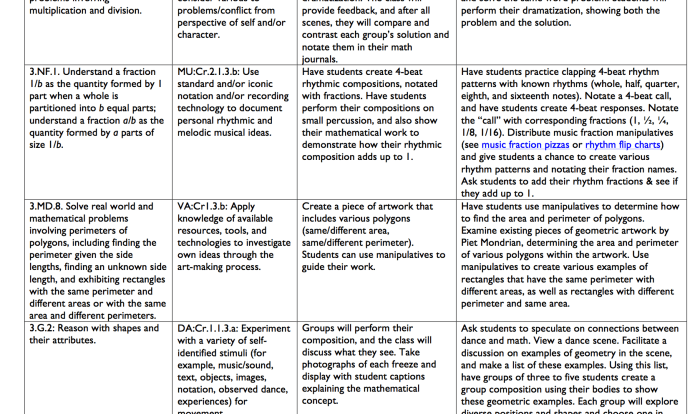In the realm of scientific discourse, express in scientific notation. 25.4 emerges as a fundamental concept, providing a concise and efficient means of representing both exceedingly large and minuscule numerical values. This introductory paragraph delves into the intricacies of scientific notation, elucidating its advantages and applications across diverse scientific disciplines.
Scientific notation, a powerful tool in the scientific community, enables the expression of numbers in a standardized format, regardless of their magnitude. Its widespread adoption stems from its ability to simplify complex calculations, facilitate data analysis, and enhance the clarity of scientific communication.
Scientific Notation

Scientific notation is a method of expressing very large or very small numbers in a more compact and manageable form. It is widely used in various scientific and engineering disciplines to represent quantities that may have a wide range of values.
A number in scientific notation is written as a coefficient between 1 and 10, multiplied by a power of 10. The coefficient is the significant digits of the number, while the exponent of 10 indicates the number of places the decimal point is shifted to the left (for positive exponents) or right (for negative exponents) to obtain the original number.
Converting to Scientific Notation
To convert a number to scientific notation, follow these steps:
- Move the decimal point to the right or left until there is only one non-zero digit to the left of the decimal point.
- Count the number of places the decimal point was moved. If the decimal point was moved to the right, the exponent of 10 will be negative. If it was moved to the left, the exponent will be positive.
- Write the number as a coefficient between 1 and 10, multiplied by 10 raised to the exponent calculated in step 2.
For example, to convert 25.4 to scientific notation, we move the decimal point one place to the left to obtain 2.54. The exponent of 10 is 1 because the decimal point was moved one place to the left. Therefore, 25.4 in scientific notation is 2.54 × 10 1.
Converting from Scientific Notation, Express in scientific notation. 25.4
To convert a number from scientific notation to standard notation, follow these steps:
- Multiply the coefficient by 1.
- Move the decimal point to the right or left by the number of places indicated by the exponent of 10. If the exponent is positive, move the decimal point to the right. If the exponent is negative, move the decimal point to the left.
For example, to convert 2.54 × 10 1to standard notation, we multiply the coefficient by 1 to obtain 2.54. Then, we move the decimal point one place to the right to obtain 25.4. Therefore, 2.54 × 10 1in standard notation is 25.4.
Operations with Scientific Notation
When performing basic arithmetic operations with numbers in scientific notation, it is important to remember that the exponents of 10 must be the same for the operation to be valid.
Addition and Subtraction:To add or subtract numbers in scientific notation, the coefficients must be added or subtracted, while the exponent of 10 remains the same. For example, to add 2.54 × 10 1and 3.67 × 10 1, we add the coefficients to obtain 6.21 and keep the exponent of 10 1, resulting in 6.21 × 10 1.
Multiplication:To multiply numbers in scientific notation, the coefficients are multiplied and the exponents of 10 are added. For example, to multiply 2.54 × 10 1and 3.67 × 10 2, we multiply the coefficients to obtain 9.33 and add the exponents of 10 to obtain 10 3, resulting in 9.33 × 10 3.
Division:To divide numbers in scientific notation, the coefficients are divided and the exponents of 10 are subtracted. For example, to divide 2.54 × 10 1by 3.67 × 10 2, we divide the coefficients to obtain 0.695 and subtract the exponents of 10 to obtain 10 -1, resulting in 0.695 × 10 -1.
Applications of Scientific Notation
Scientific notation is commonly used in various fields, including:
- Astronomy:To express distances to stars and galaxies, which are often extremely large.
- Chemistry:To represent the concentration of substances in chemical reactions.
- Physics:To express the mass of atoms and subatomic particles.
- Engineering:To calculate the dimensions of structures and components.
- Computer Science:To represent the size of data files and memory capacities.
FAQ Explained: Express In Scientific Notation. 25.4
What is scientific notation?
Scientific notation is a method of expressing numbers in a concise and standardized format, using a combination of a coefficient and a base raised to a power of ten.
How do I convert a number to scientific notation?
To convert a number to scientific notation, move the decimal point until there is only one non-zero digit to the left of the decimal point. The exponent of the base ten is the number of places the decimal point was moved.
What are the advantages of using scientific notation?
Scientific notation simplifies complex calculations, facilitates data analysis, and enhances the clarity of scientific communication by allowing for the concise representation of both very large and very small numbers.




